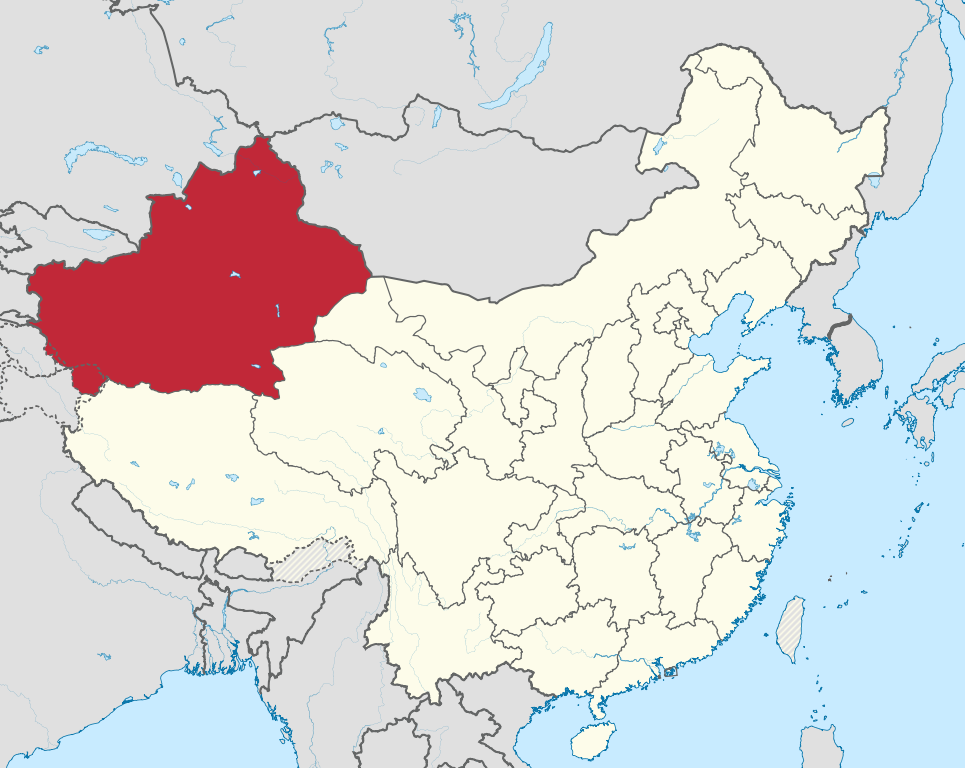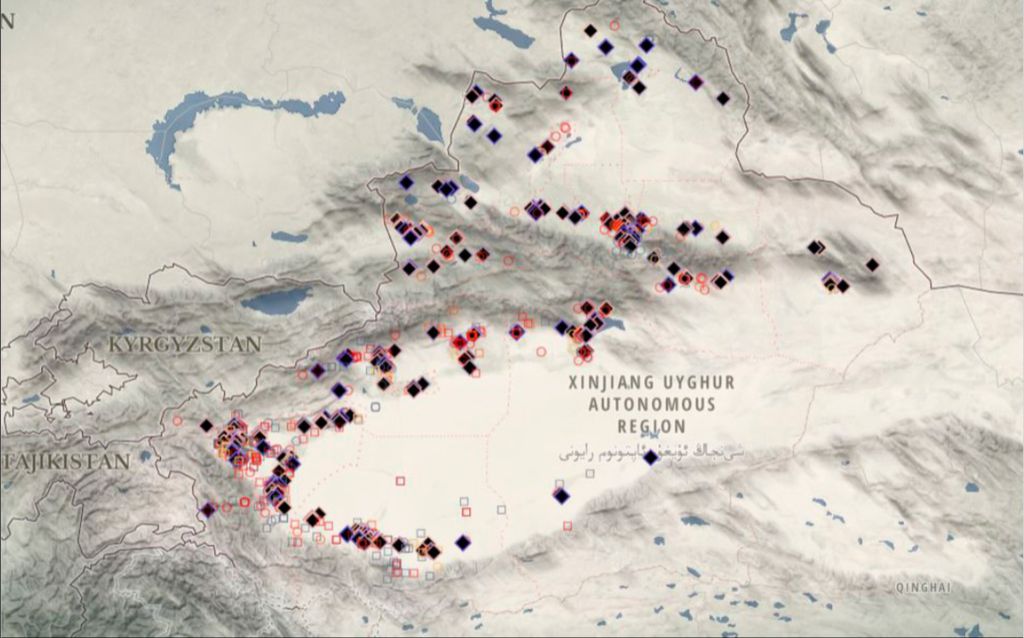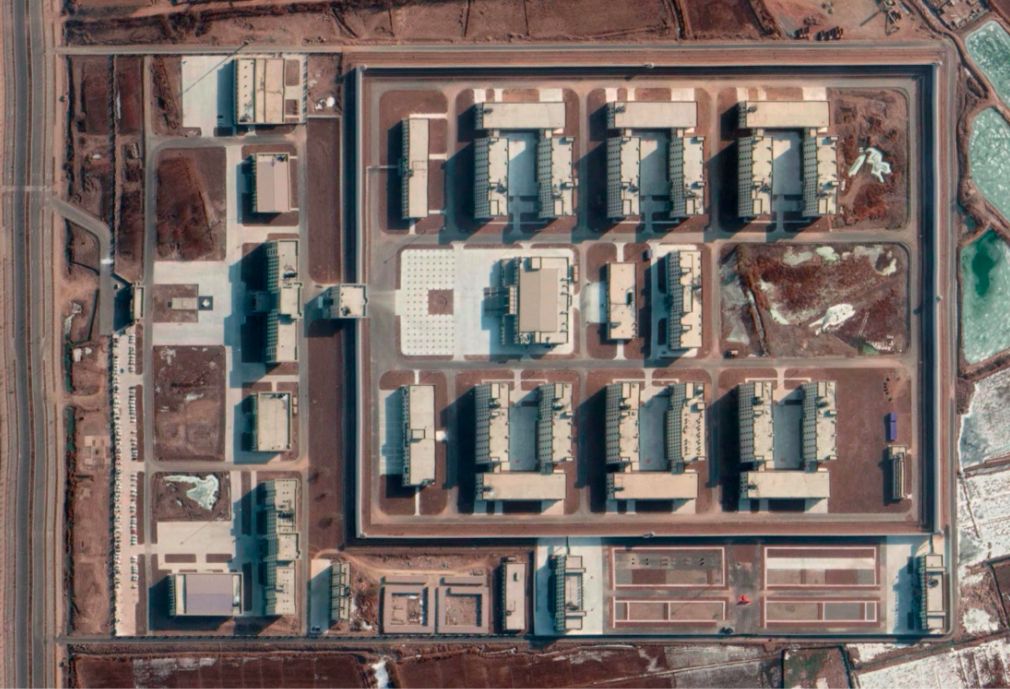Ürümqi, Xinjiang, China —(Map)
Recent reports show that China’s efforts to punish and control Uighur people in Xinjiang have grown in recent years. A statement from Chinese leader Xi Jinping makes it clear that the government’s plans are unlikely to change.
China’s government keeps strong control over its people, limiting what they can see, hear, and read. The government doesn’t believe in God and makes life hard for people who are religious.
😕
This image has not been loaded because of your cookie choices. To view the content, you can accept 'Non-necessary' cookies.
Uighurs are an ethnic minority who live in Xinjiang. Uighurs are Muslims who speak their own language. Above, a Uighur family prays during a Muslim festival in 2016.
Uighurs in Xinjiang
China has around 1.4 billion people. About 92% come from a background known as “Han Chinese”, or just “Han”. Han people have similar looks, speak the same language, and even have some of the same relatives, if you go far enough back.
But 8% of China’s people aren’t Han. China has 55 “ethnic minorities” – groups with backgrounds different from the Han.
“Uighurs” are an ethnic minority who live in Xinjiang, far to the west of China. Uighurs are Muslims who speak their own language. Many Uighurs have more in common with people in the nearby countries than they do with the Hans. The government wants the Uighurs to give up their religion and speak Chinese.
In 1953, Xinjiang was 73% Uighur and 6% Han. To help control the region, the government encouraged millions of Hans to move to Xinjiang. Now just 45% are Uighurs and 40% are Han.

(Source: TUBS, from Wikimedia Commons.)
In the past, many Uighurs in Xinjiang protested against the Chinese government’s attempts at control. Some want Xinjiang to be independent from China. Starting in 2009, there were increased protests and violent attacks, which China’s government moved to shut down.
In 2018, it was reported that the Chinese government had put as many as 1 million Uighurs into “detention centers” – special prison-like camps.
In 2018, it was reported that the Chinese government had put as many as 1 million Uighurs into “detention centers” – special prison-like camps. The news group Reuters made the post below at the time.
😕
This tweet has not been loaded because of your cookie choices. To view the content, you can accept 'Non-necessary' cookies.
At first, the Chinese government said the camps didn’t exist. Later, it said that the centers were training camps to help Uighurs get good jobs.
Over time, details came out about the camps, showing that they’re designed to change the way Uighurs think and act. In the camps, Uighurs are forced to say that China and its leaders are good. They are also made to say they’re sorry for praying or wearing religious clothes.
😕
This image has not been loaded because of your cookie choices. To view the content, you can accept 'Non-necessary' cookies.
At first, the Chinese government said the camps didn’t exist. Later, it said that the centers were camps for job training. Over time, details came out about the camps, showing that they’re designed to change the way Uighurs think and act. Above, a camp near Hotan.
Last year, Xinjiang’s governor said that all the “trainees” had “completed their studies” and had “returned to society”.
A new report by ASPI (Australian Strategic Policy Institute) shows that the opposite is true. Chinese efforts to lock up and control Uighurs and other Muslim minorities in Xinjiang have increased.
😕
This image has not been loaded because of your cookie choices. To view the content, you can accept 'Non-necessary' cookies.
Last year, Xinjiang’s governor said that all the “trainees” had “completed their studies” and had “returned to society”. A new report by ASPI shows that the opposite is true. Above, a camp near Kashgar in 2019.
Researchers working for ASPI built a more complete record of these efforts in Xinjiang, using daytime and nighttime satellite images, as well as news stories, and reports from people who have seen the camps.
ASPI says there are now over 380 detention centers in Xinjiang. Over 60 sites have been built or expanded in the last year. Fourteen camps are still being built. The ASPI report suggests that many Uighurs have been moved into prisons.

(Source: ASPI.)
The ASPI report also seems to confirm reports that Uighurs are forced to do factory work. These factories produce items that are often sold in Europe and the United States.
The US has already blocked several items produced in Xinjiang. Last week, the US House of Representatives passed a bill that would block all products from Xinjiang except those that could prove they weren’t made using prisoners forced to work.

(Source: Maxar/Google Earth, via ASPI.)
But international pressure on China isn’t new and isn’t likely to have much effect. China has convinced a number of other countries to support its efforts in Xinjiang.
Late last week, Chinese President Xi Jinping described the government’s work in Xinjiang as “totally correct”.
😕
This image has not been loaded because of your cookie choices. To view the content, you can accept 'Non-necessary' cookies.
International pressure on China isn’t new and isn’t likely to have much effect. Late last week, Chinese President Xi Jinping (shown above during a different event in early September) described the government’s work in Xinjiang as “totally correct”.
Did You Know…?
Different, but related efforts are taking place in Tibet, another area that China has struggled to control. The government is pressuring local farmers to join military-style training camps to turn them into factory workers and move them to other parts of Tibet or China.
A recent report stated that over 500,000 people were trained in the first seven months of 2020. China’s government denies that the workers are forced.
😕
This map has not been loaded because of your cookie choices. To view the content, you can accept 'Non-necessary' cookies.
